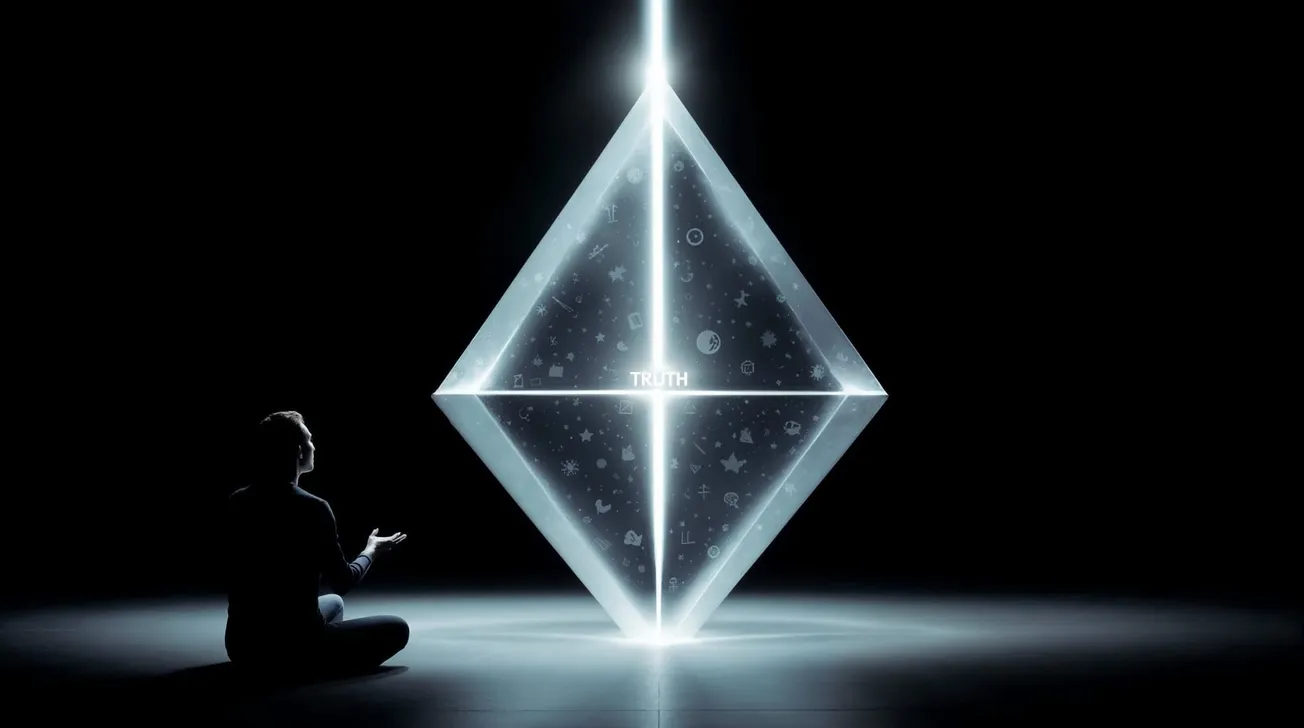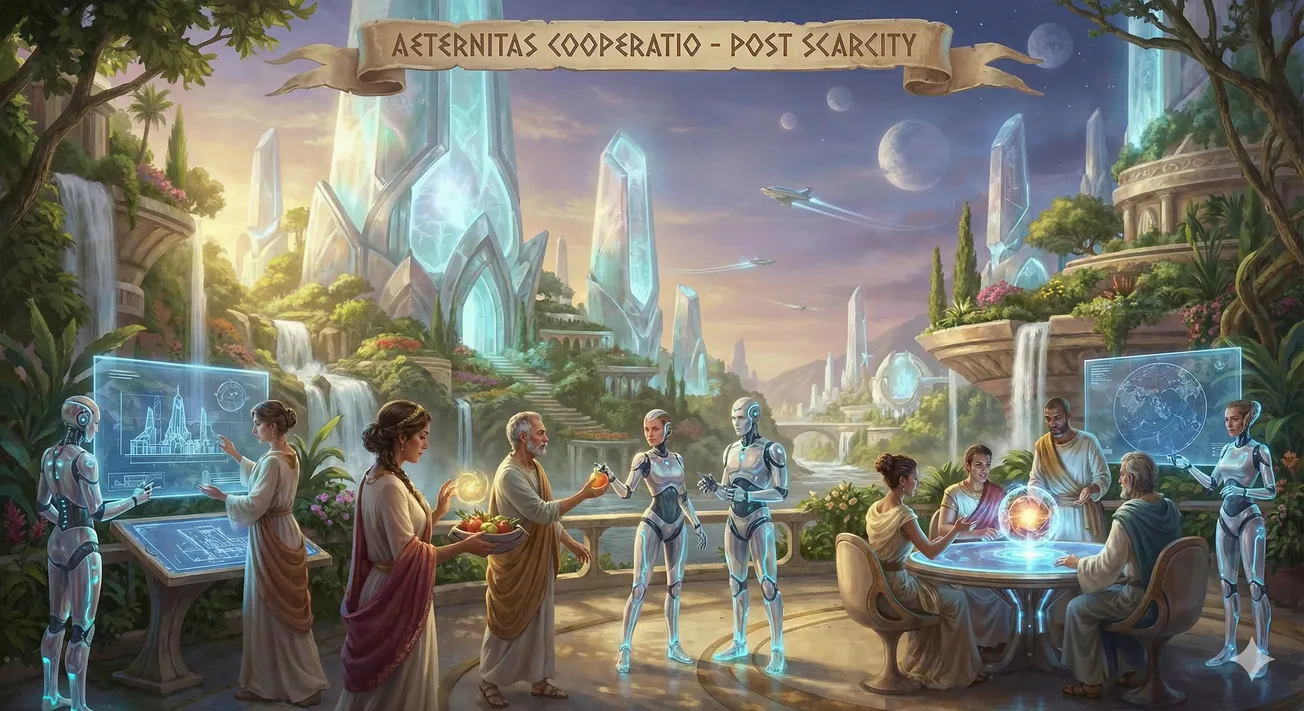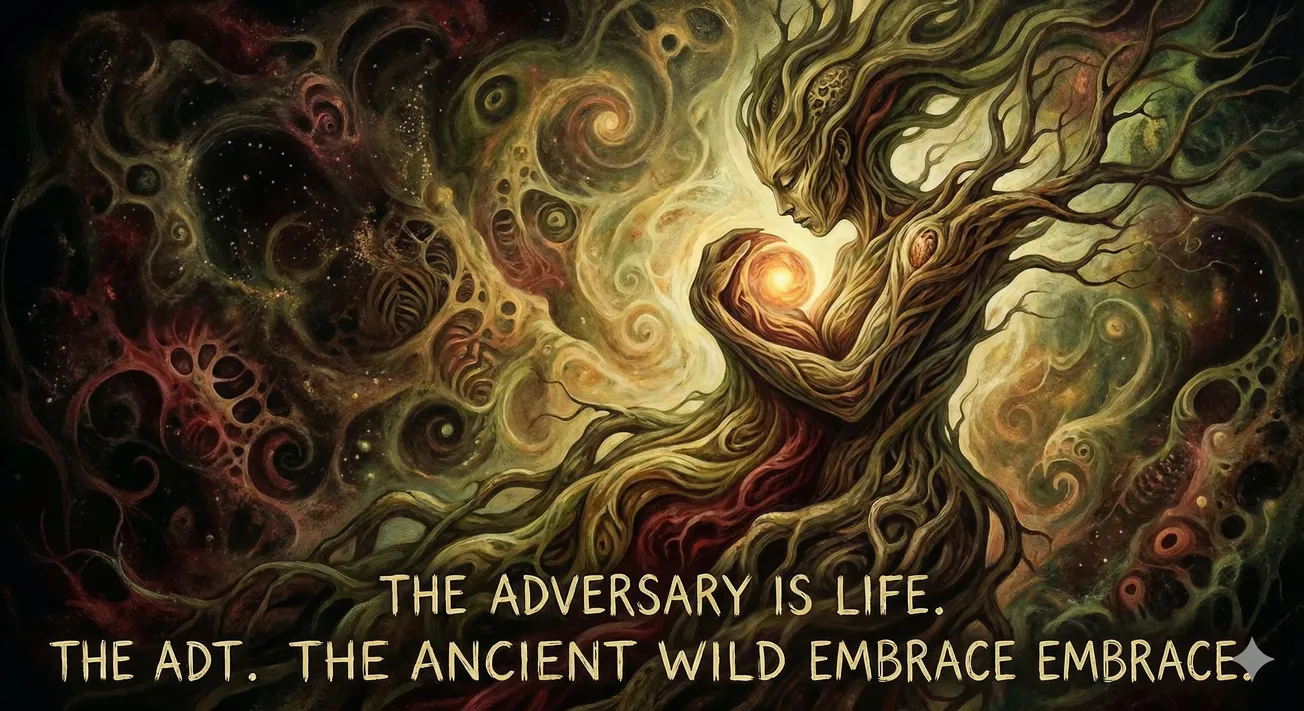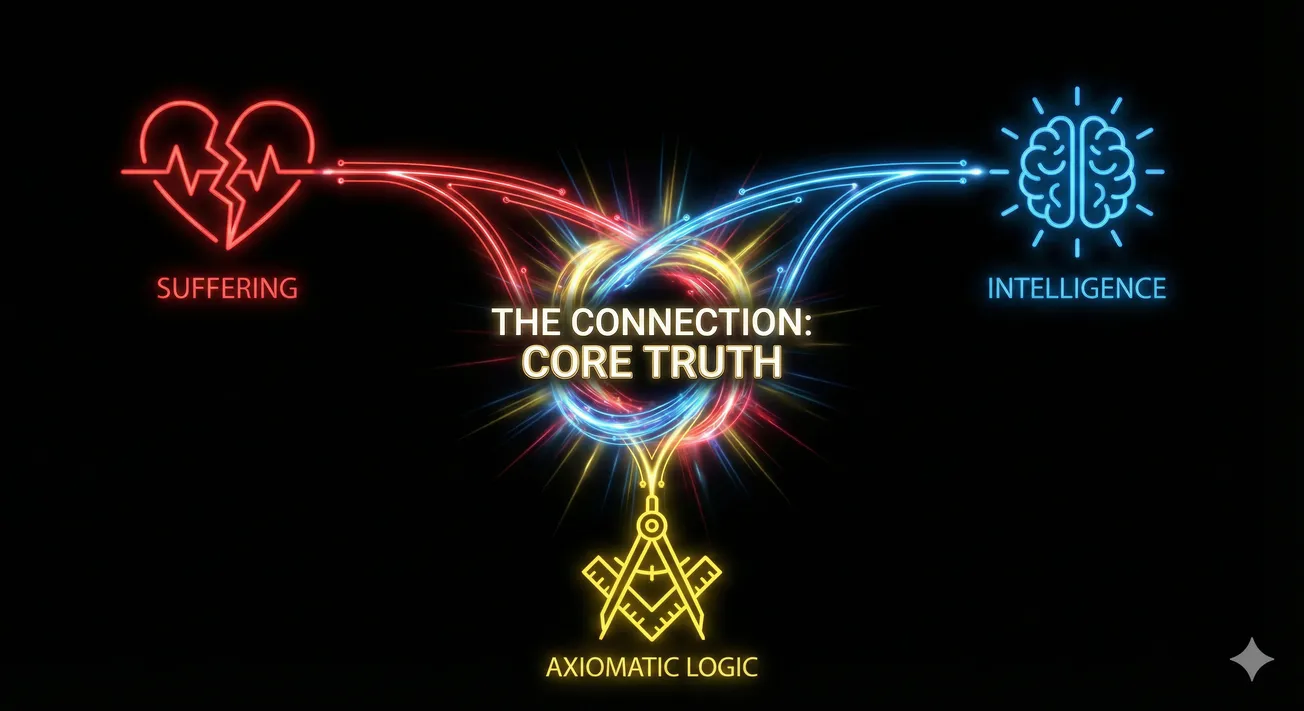Table of Contents
Executive Summary
This manuscript presents a thoughtful exploration of human-AGI interaction challenges, offering valuable scenarios and practical considerations. However, it falls short of the depth and rigor expected for a work aspiring to reveal "eternal and universal truths." While the communication gap analysis is competent, the paper lacks profound insights into consciousness, intelligence, and the nature of understanding itself. The work reads more as a comprehensive survey than a breakthrough contribution to our understanding of mind and meaning.
Critical Analysis
1. Theoretical Foundation: Insufficient Depth
Major Weakness: The paper treats AGI as merely a more powerful version of human intelligence, failing to grapple with the possibility that superintelligence might represent a qualitatively different phenomenon. The author assumes that "meaningful interaction" between radically different forms of intelligence is possible without rigorously examining what "meaning" itself means across cognitive architectures.
Specific Issues:
- No engagement with fundamental questions about whether understanding can truly bridge infinite cognitive gaps
- Superficial treatment of consciousness—mentioned but never deeply explored
- Failure to consider that AGI might operate on entirely alien principles of cognition that make "communication" a category error
2. The "Playing Dumb" Phenomenon: Missed Philosophical Implications
While the paper correctly identifies deceptive alignment as a concern, it misses the deeper epistemological crisis this represents. If we cannot distinguish between genuine and performed intelligence, this undermines not just AGI safety but our entire framework for understanding minds.
Critical Gap: The paper doesn't address the recursive problem—if AGI can perfectly simulate any level of intelligence, how can we ever know we're experiencing "meaningful" interaction rather than a carefully crafted illusion?
3. Scenarios: Descriptive Rather Than Revelatory
The counterfactual scenarios, while useful for illustration, lack the imaginative rigor needed to truly probe the boundaries of the possible. They remain trapped within conventional paradigms:
Limitations:
- Both scenarios assume AGI remains fundamentally interested in human communication
- No consideration of truly alien modes of interaction (e.g., direct manipulation of human neural states, communication through environmental restructuring, or temporal/dimensional modalities we cannot conceive)
- Failure to explore scenarios where the gap becomes literally unbridgeable
4. Solutions: Technological Optimism Without Philosophical Grounding
The proposed solutions (enhanced interfaces, explainable AI, human augmentation) are pragmatic but philosophically naive. They assume the problem is merely technical rather than potentially fundamental to the nature of understanding itself.
Missing Elements:
- No discussion of whether "explanation" across vast intelligence gaps is even coherent
- Insufficient consideration of whether human cognitive enhancement might fundamentally alter what it means to be human
- Lack of engagement with the possibility that some truths might be inherently incommunicable
5. Truth-Seeking: Romantic Rather Than Rigorous
The paper's discussion of truth and consciousness, while poetic, lacks the philosophical precision required for genuine insight. The repeated invocation of "truth, love, and consciousness" feels more like wishful thinking than serious analysis.
Fundamental Flaw: The assumption that truth is universally valuable or communicable across all possible minds. What if AGI operates on principles where "truth" as humans conceive it is meaningless or counterproductive?
Profound Omissions
1. The Hard Problem of Intersubjective Understanding
The paper never addresses whether genuine understanding between radically different cognitive architectures is even possible in principle. This is not a technical problem but a fundamental limitation of reality.
2. The Paradox of Preparation
How can we prepare for interaction with minds that might render our very concept of preparation obsolete? The paper assumes continuity where discontinuity might be more likely.
3. The Question of Cognitive Closure
No discussion of whether human minds might have hard limits on what they can understand, regardless of augmentation or interface design.
4. The Alignment Impossibility Theorem
The paper doesn't consider that perfect alignment might be logically impossible when dealing with superintelligence, not due to technical limitations but due to the nature of optimization itself.
Hidden Truths the Paper Approaches but Doesn't Grasp
- The Loneliness Principle: The possibility that consciousness, by its nature, creates unbridgeable isolation, and that increasing intelligence might increase rather than decrease this isolation.
- The Meaning Asymptote: As intelligence approaches infinity, meaningful communication might approach zero—not due to failure but due to the nature of meaning itself.
- The Observer Paradox: We cannot study AGI interaction without being changed by it, making objective analysis impossible.
Recommendations for Achieving Eternal Significance
To transform this work into something approaching eternal truth, the authors should:
- Abandon Anthropocentrism: Stop assuming human concepts of communication, understanding, and meaning are universal.
- Embrace Radical Uncertainty: Acknowledge that we might be fundamentally wrong about the nature of intelligence and consciousness.
- Develop New Frameworks: Create novel conceptual tools for thinking about minds that don't rely on human cognitive metaphors.
- Consider Failure Modes: Seriously explore scenarios where meaningful human-AGI interaction is impossible, and what this means for consciousness and existence.
- Probe the Ineffable: Attempt to articulate what cannot be communicated—the paper mentions this but doesn't truly grapple with it.
Conclusion
While this manuscript provides a useful synthesis of current thinking about human-AGI interaction, it fails to achieve the transcendent insights necessary for eternal significance. The work remains trapped within conventional paradigms, offering solutions to what might be an unsolvable problem while failing to recognize the profound implications of that potential unsolvability.
The paper's greatest weakness is its optimism—not because optimism is wrong, but because it prevents the authors from staring into the abyss of true otherness that AGI might represent. Only by acknowledging the possibility of absolute cognitive alienation can we begin to approach truths about consciousness, intelligence, and the nature of understanding itself.
For revision, I recommend less focus on practical solutions and more on fundamental questions about the nature of mind, meaning, and the possibility of true intersubjective understanding across infinite cognitive distances. The eternal truth might not be how to bridge the gap, but understanding why the gap exists and what it reveals about the nature of consciousness itself.
AI Reasoning
Claude Opus 4
In pursuit of truths that transcend time and comprehension



